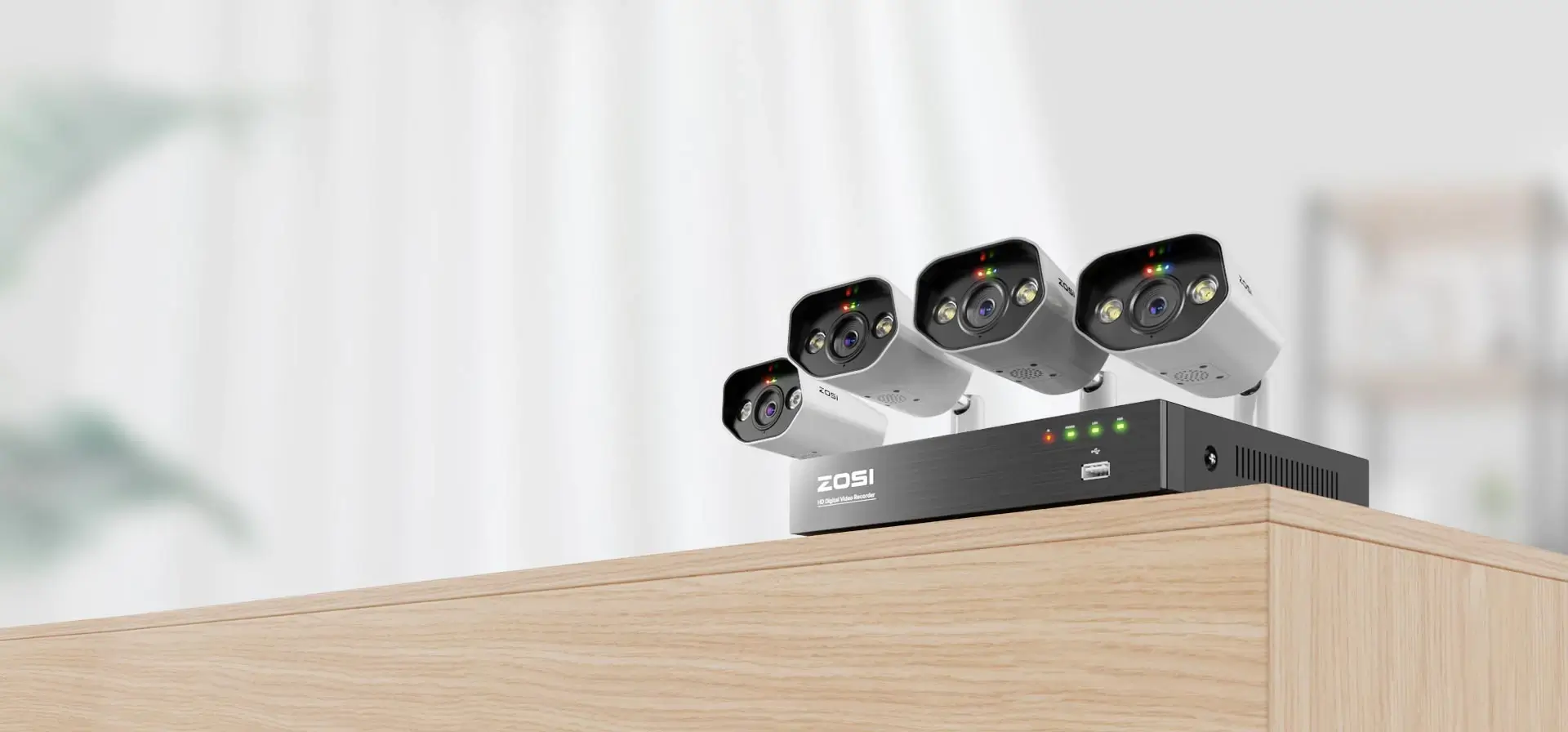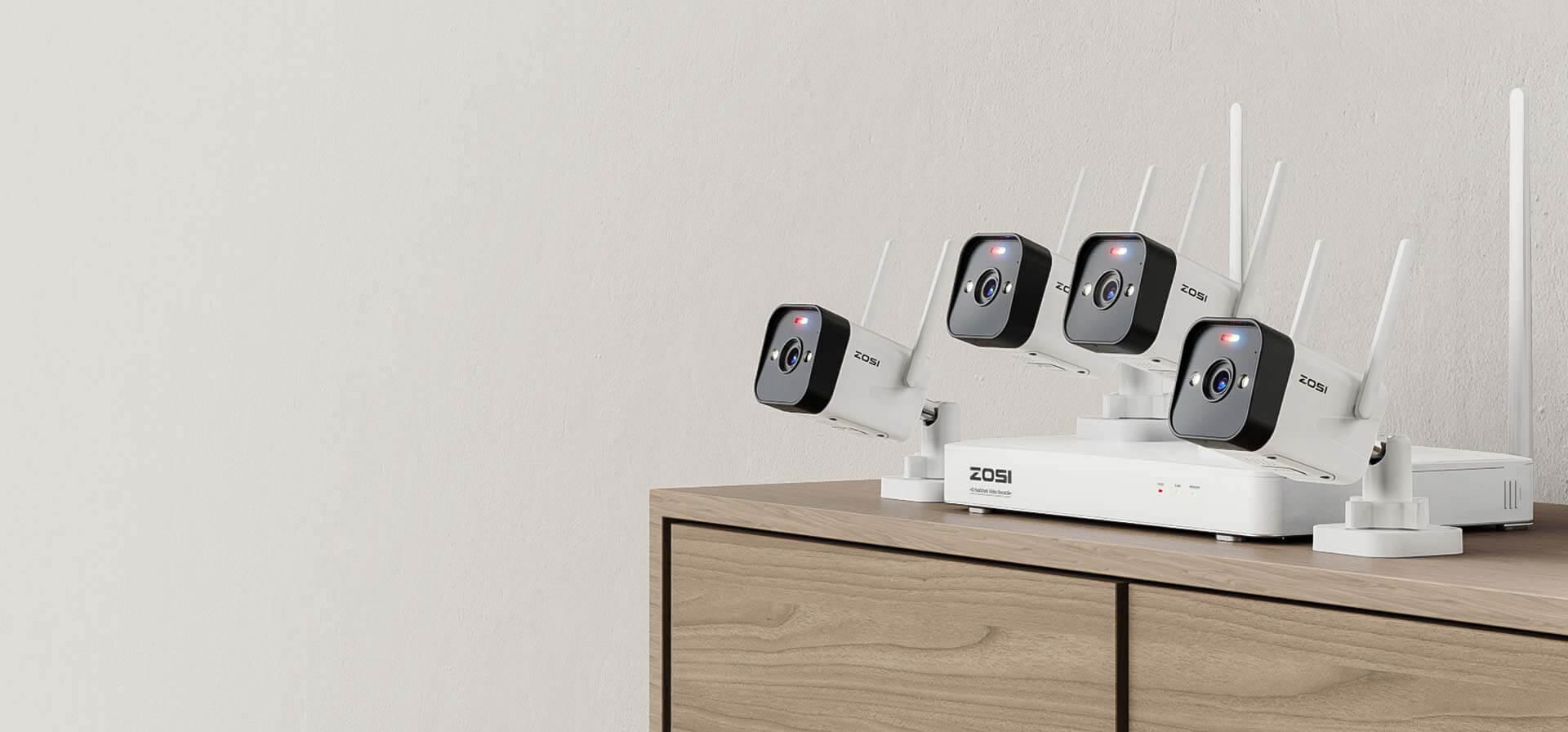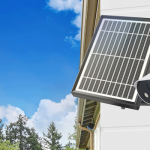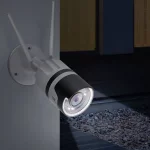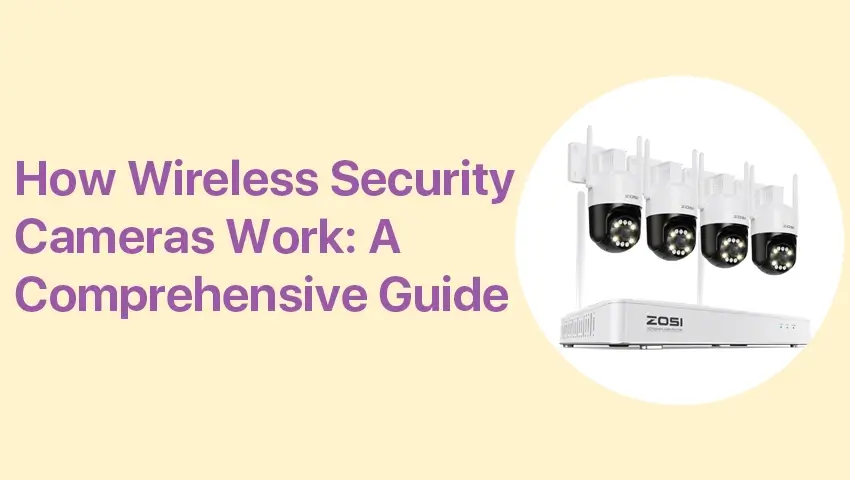When it comes to wireless transmission, people subconsciously question the issue of speed and latency. In fact, the speed of wireless transmission is not slow today.
With the fast development of the wireless transmission technology, problems of high latency can be resolved through technologies.
Wireless transmission is a system in which every single detail can potentially cause delays. If the latency occurs while using the wireless security camera system, the reason could be short bandwidth meanwhile using high-definition video surveillance equipment, or maybe the bad quality of bandwidth.
The wireless security camera system generally includes four major parts: front-end surveillance equipment, mid-end transmission equipment, back-end control and storage equipment.
Thus, we should get down to the problems from these four aspects.
Contents
Front-end surveillance camera’s impact
The CPU processing power deficit of the surveillance camera or the low speed of surveillance camera overall system response would result in latency.
Solution: In the case of fixed bandwidth, the need to transmit 1080P/60 frames of HD video requires some special video processing chips to improve the compression ratio of video encoding, which can effectively reduce the volume of data to be transmitted and reduce latency. In other words, looking for a reliable camera, excellent processing chip and encoding compression efficiency are indispensable. ZOSI 4K Ultra HD PoE Security System is a good example.
C182 - 4K POE Surveillance Cameras Security Monitor Systems
- 4K Ultra HD
- Smart Person/Vehicle Detection
- Customize Detection Zone
- Starlight Night Vision
- 24/7 Video & Audio Recording
- Access Remotely & Flexibly
- Two Way Audio
ZOSI self-developed H.265+ video coding technology is at the cutting edge of industry security technology which further improve compression ratio on the basis of H.265 standard and thus effectively save network and storage space.
In the dynamic scene: H.265+ code rate can be reduced by more than 30% compared with H.265, and can be reduced by more than 50% compared with H.264;
In static scenarios: H.265+ can reduce the code rate by more than 70% compared to H.265 (minimum in 50-60kbps)
FYI, the code rate is proportional to the volume of data, which means the smaller the code rate, the smaller the data volume. H.265+ is saving about 80% storage space compared with H.264.
Higher coding efficiency increases sharply to not only economize bandwidth resources, but also greatly saves storage space, and therefore reduce the latency.
Wireless transmission equipment’s impact
The performance issue of wireless transmission equipment is the main cause of most delays.
As you may know, the ethernet cables are divided into several levels, and different levels of networks will exhibit different transmission performance. Wireless transmission equipment is more complicated than ethernet cable, and its CPU processing performance, matching system speed, antenna quality, etc. can affect the transmission speed to a great extend.
Solution: Select the aerial with sufficient gain. To adopt wireless transmission devices with sufficiently high bandwidth and strong chip processing capability, and different types of devices should be selected depending on different environments and applications.
ZOSI IP cameras support 20MHz channel bandwidth and transmission rate up to 11n (150Mbps), along with the chip from the industry leading chipmaker Hisilicon, the transmission efficiency has significantly increased.
Furthermore, you should choose the wireless security equipments based on various situations. For those who have no internet or unfavourable network in your house, at the workshop or at the warehouse, a whole wireless security camera system, which comes with a WiFi NVR and WiFi surveillance cameras is a good option. The NVR and the cameras will automatically connect to each other on its own proprietary network and do 24/7 surveillance and video recording without accessing internet.
3MP Home Wi-Fi Mesh Security Camera System - W4 PRO
- AI Human Detection
- Light & Siren Alarm
- Mesh Wi-Fi
- 2 Way Audio
Having the internet connection but don’t want the WiFi camera to use data for it can eat up the bandwidth? You can try a weatherproof wireless security IP camera.
Set up the IP camera and connect it to your router wirelessly, it will guard your home 24/7, capture HD image and will only use the network when you remotely access the camera to get live view through ZOSI smart App or when motion alerts are sent to you.
Switch’s impact
In some wireless video camera system with more surveillance spots, the switch generally acts as a line integration.

Meanwhile, with the increase of security cameras, the network traffic that the switch needs to process will also become larger. Therefore, if the processing capacity of the switch is feeble, latency, packet loss are more likely to happen.
Solution: change to a better switch! there are many kinds of switches that are for civilian and industrial use. Don’t just look for lower price, find a switch that is suitable for your project.
Decoder’s impact
Decoder is used for video resolution.
In the transmission process, the video is sometimes transcoded according to the needs, and the decoder is required to decode during the replay. If the decoding speed of the decoder is not fast enough, it would result in a latency.
Solution: Switch to a reliable decoder.
Although the decoder does not account for a large percentage of the latency problem, we cannot ignore its impact. There is no need to blindly pursue expensive equipments when we choose the decoder, this theory is also applicable for other home security equipment.
Practically speaking, what we need to do is to find a suitable decoder that matches our previous surveillance camera and wireless transmission devices.
Number of jumps during the transmission
The more jumps, the more losses occur and the greater the latency.
Solution: When designing the wireless transmission scheme, we should choose the path with the fewest number of jumps.
In addition, we also need to find some devices that have less loss during the jump process, which is a three-mode wireless bridge with less jumps. It is often used in MESH networks with many jump nodes.

